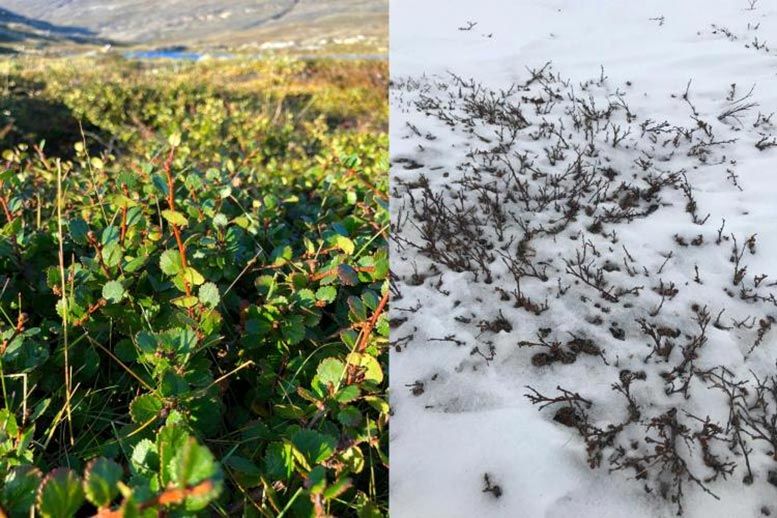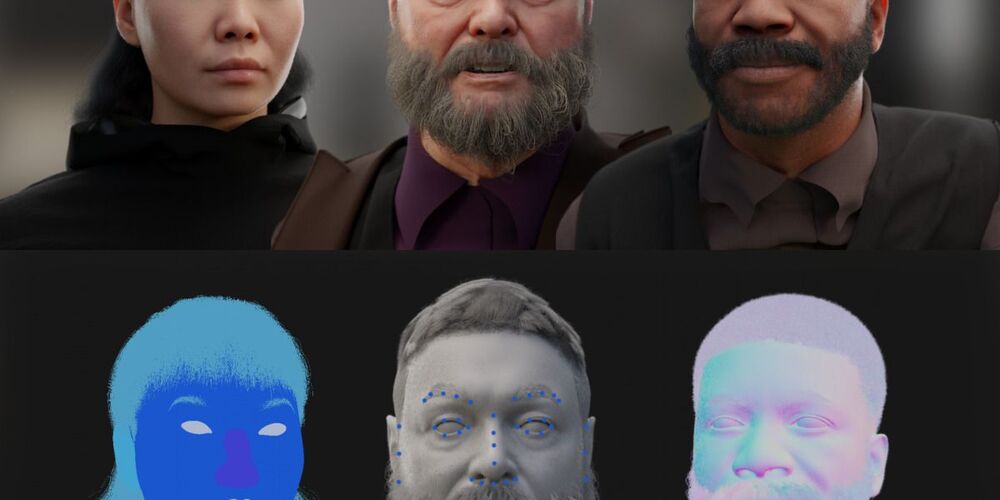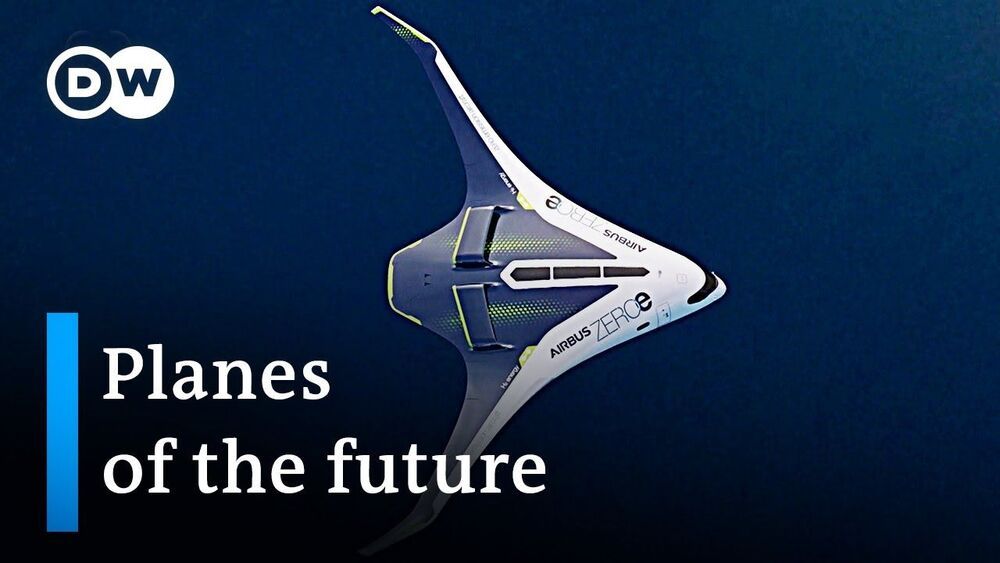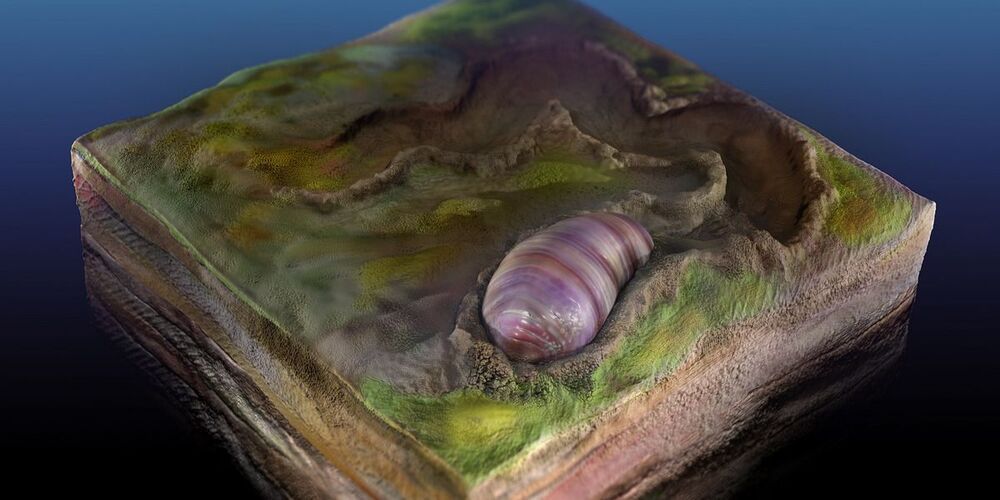Bypassing the “unhackable”.
Crypto miners find a workaround to Nvidia’s anti-mining limiter on the GeForce RTX 3060.


Imagine not a white, but a green Arctic, with woody shrubs as far north as the Canadian coast of the Arctic Ocean. This is what the northernmost region of North America looked like about 125000 years ago, during the last interglacial period, finds new research from CU Boulder.
Researchers analyzed plant DNA more than 100000 years old retrieved from lake sediment in the Arctic (the oldest DNA in lake sediment analyzed in a publication to date) and found evidence of a shrub native to northern Canadian ecosystems 250 miles (400 km) farther north than its current range.
As the Arctic warms much faster than everywhere else on the planet in response to climate change, the findings, published this week in the Proceedings of the National Academy of Sciences, may not only be a glimpse of the past but a snapshot of our potential future.




It looks like “food from air”
Time: 3–5 min (Eng/Rus)



The future of aviation, planes of the future.
As the aviation industry attempts to recover from the devastating effects of the pandemic, we take a in depth look at the future of flying. Will we soon be boarding commercial jets made in China? Or flying faster than the speed of sound? And what will the planes actually look like? Answers to these questions and more as Rob Watts reports on the future of flight.
Subscribe: https://www.youtube.com/user/deutschewelleenglish?sub_confirmation=1
For more news go to: http://www.dw.com/en/
Follow DW on social media:
►Facebook: https://www.facebook.com/deutschewellenews/
►Twitter: https://twitter.com/dwnews.
►Instagram: https://www.instagram.com/dwnews.
Für Videos in deutscher Sprache besuchen Sie: https://www.youtube.com/dwdeutsch.
#Planes #Aviation #Aircraft

555-million-year-old oceanic creatures share genes with today’s humans, finds a new study.
As complex as modern humans can get, they still retain some features of the earliest animals on Earth. According to new research, we are not as different as we might think from strange prehistoric organisms that didn’t have any heads, arms, legs, or skeletons.
A study from UC Riverside identified 555-million-year-old oceanic creatures that share genes with humans and other contemporary animals.
The paper’s co-author, UC Riverside geology professor Mary Droser, thinks the animals of the so-called Ediacaran era, which lasted from 571 million to 539 million years ago, were almost nothing like creatures of today.